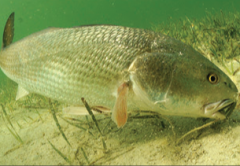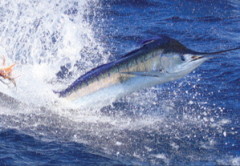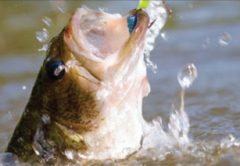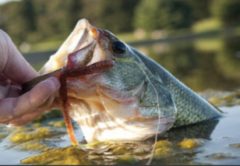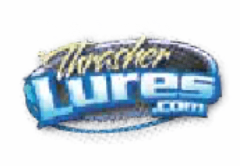The heat is turned up – fishing is red hot here in Central Florida. Rains are slowly filling the banks of the St. Johns River and fish have more places to hide – bass, panfish, and catfish are going to bite if you fish where they live and fish when they feed. Summer patterns change and the fish eat early in the morning, late evening, and at night.
Early means before the crack of daylight, 5:30 am until around 9:30 am. Take advantage of schooling bass early at the mouths of the lakes where the St. Johns enters and exits the lakes. Lipless crankbaits like a Rattle Trap, or a shallow suspending slash bait like a Rapala X-Rap, or a bone colored Zara Spook Jr. will get lots of action – the key is to land the bait right on the surface striking fish. Don’t blind cast. Wait to see the fish striking shad on top and then quickly and accurately place the lure. If the feeding fish misses the shad, it will take the lure. If the feeding fish eats the shad, another schoolie will take the lure – the key is a fast, accurate presentation.
Panfish are eating crickets and insects on days they have a hatch. Target them on the downstream bends adjacent to deeper water. Fly anglers can have banner days following insect hatches. Fish where there is moving water, but look to place your lure in the areas where the flow creates eddies and slower water. In the lakes, use worms over sandy or shell bottom in 2-4 feet of water now that levels have risen.
Catfish like to feed where the water is fast moving. After a couple days of heavy rain, target them in deep bends with just enough weight to hold bottom and a half a piece of fresh peeled shrimp.




